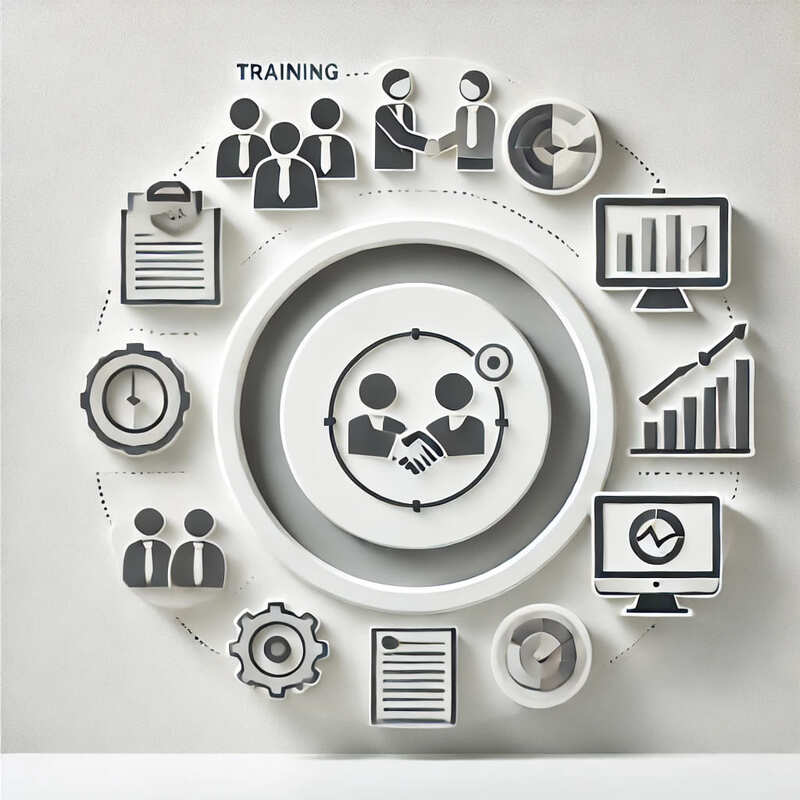Introduction
Understanding and tracking the right metrics is crucial for gauging the health of your sales operations and making informed decisions. This article aims to provide a comprehensive guide to the metrics that matter most, how to measure them, and how to use them to improve your sales strategies.
Why Sales Metrics and KPIs Matter
- Performance Assessment: Metrics provide a quantitative basis for evaluating individual and team performance.
- Strategic Planning: Data-driven insights inform better decision-making and future planning.
- Resource Allocation: Knowing what works and what doesn’t helps in allocating resources more efficiently.
- Accountability: Metrics hold sales teams accountable for their performance against set targets.
Core Sales Metrics and KPIs
Revenue Metrics
- Total Revenue: The sum of all sales.
- Revenue Growth Rate: The percentage increase in revenue over a specific period.
Activity Metrics
- Number of Calls/Emails: Measures the activity level of sales reps.
- Response Rate: The percentage of positive replies to outreach efforts.
Efficiency Metrics
- Sales Velocity: How quickly leads move through the sales funnel.
- Cost Per Acquisition (CPA): The cost to acquire a new customer.
Effectiveness Metrics
- Win Rate: The percentage of opportunities that result in a sale.
- Average Deal Size: The average revenue generated per closed deal.
Customer-Centric Metrics
- Customer Lifetime Value (CLV): The total revenue a customer is expected to generate over their lifetime.
- Net Promoter Score (NPS): Measures customer satisfaction and loyalty.
Strategies for Using Metrics Effectively
- Data Collection: Ensure that you have the right tools in place to collect accurate data.
- Data Analysis: Use statistical tools to analyze trends and patterns.
- Actionable Insights: Translate data into actionable insights that can improve sales processes.
- Regular Review: Conduct weekly or monthly reviews to track progress against goals.
Best Practices
- Set Realistic Targets: Use historical data to set achievable goals.
- Customize Metrics: Not all metrics are equally important for all businesses. Choose those that align with your objectives.
- Transparency: Make metrics visible to the entire team to foster a culture of accountability.
- Continuous Learning: Use metrics as a learning tool to identify areas for improvement and professional development.
- Integrate with CRM: Ensure your metrics are integrated into your CRM for real-time tracking and reporting.
Key Takeaways
- Sales metrics and KPIs are essential tools for measuring, analyzing, and improving sales performance.
- Different types of metrics serve different purposes, from gauging revenue and activities to assessing efficiency and effectiveness.
- The right approach to metrics involves accurate data collection, thorough analysis, and actionable insights.



